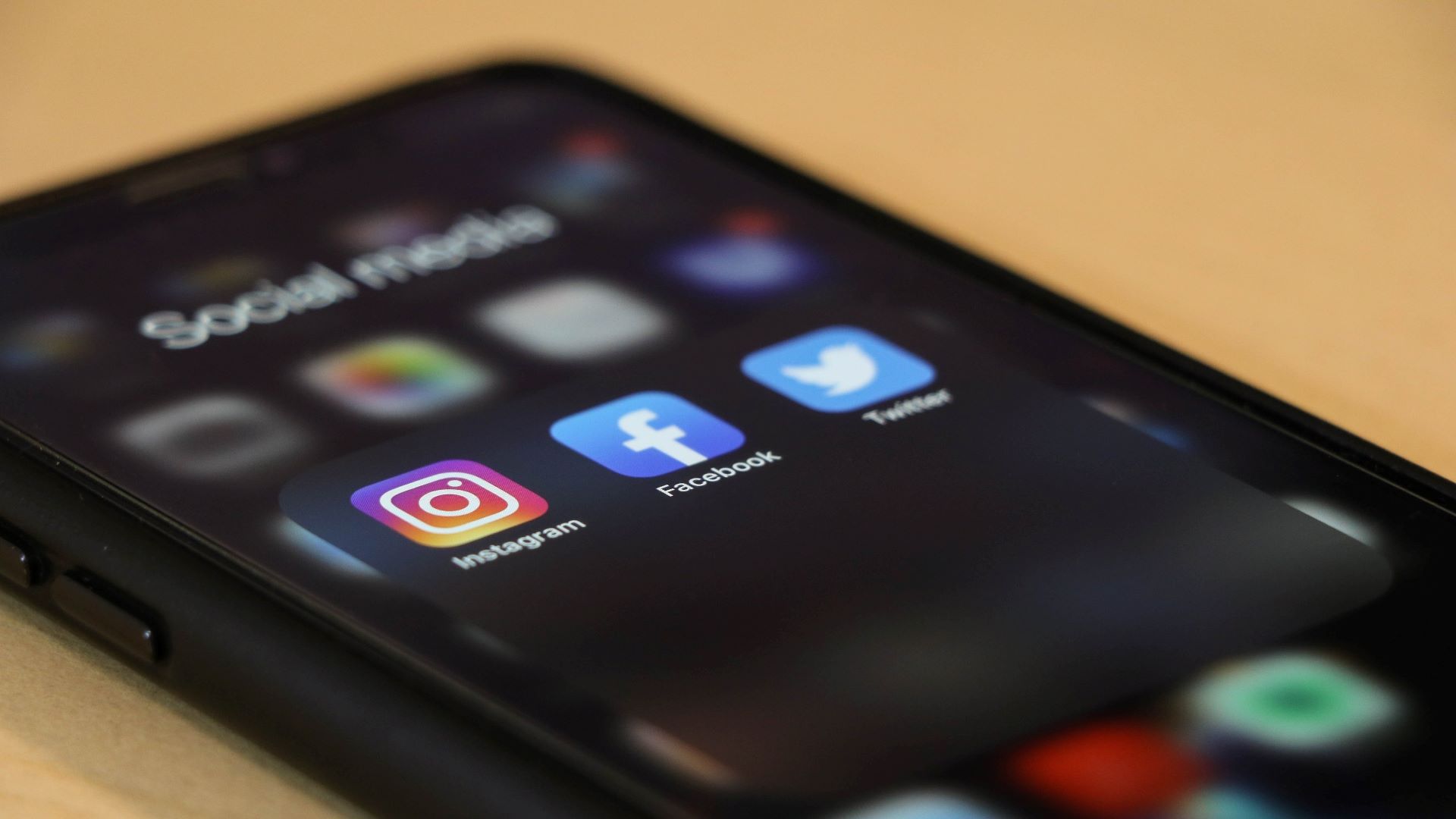Cyberpsychology researchers at Edge Hill University have been finding ways of measuring social media use to help understand different types of behaviours and how these relate to wellbeing.
Associate Head of Psychology, Dr Linda Kaye, has worked with researchers at Aston University to develop a behavioural task replicating a typical social media site.

“We are really pleased to have developed a task which is able to take actual measurements of social media behaviour rather than relying on people’s reports of their behaviours, which we know are usually inaccurate and don’t capture the various ways people behave on social media.
“This contributes to societal debate about social media use and wellbeing. Our findings suggest that just exploring screen time on social media is not good enough, and instead we need to understand the levels at which people are connecting and engaging with others.”
Dr Linda Kaye
Participants were asked to respond to a series of photos, with their behaviour measured as passive, reactive or interactive.
More than 500 adults responded to a series of 90 images and then completed a series of questionnaires measuring aspects of wellbeing like social connection, loneliness and a sense of belonging.
Results showed the task was able to accurately distinguish between these types of behaviour, with more interactive behaviours associated with greater feelings of social connectedness and social capital than passive or reactive behaviours.
“We would love screen-time policies to take better account of types of behaviours rather than just recommending an arbitrary number of hours per day.”
Dr Linda Kaye
Social networking sites like Facebook, Instagram and Twitter have become a ubiquitous feature of our daily lives. An estimated 3.6 billion people worldwide used them daily in 2020, and this is predicted to rise to 4.4 billion in 2025.
By providing channels that allow people to connect socially with vast networks, social media platforms can serve important psychosocial benefits.
But concerns are also raised over the negative effects on our wellbeing from social networking sites replacing meaningful ‘real-world’ interactions
Most research in this field discusses ‘active’ and ‘passive’ social media use. Passive use has been described as the way we observe or consume others’ social media content whereas active use includes behaviours in which people post content and engage with others.
However, the research team notes that active use covers a very wide range of quite different behaviours. To rectify this, they distinguished active types of use between ‘reactive’, such as liking or commenting on others’ content, and ‘interactive’ use, such as two-way communication.
The test devised as part of the research will now be used to objectively quantify different styles of behaviour on social networking sites in future cyberpsychology research.
Read the full paper here. You can also learn about our media course.
December 8, 2022



